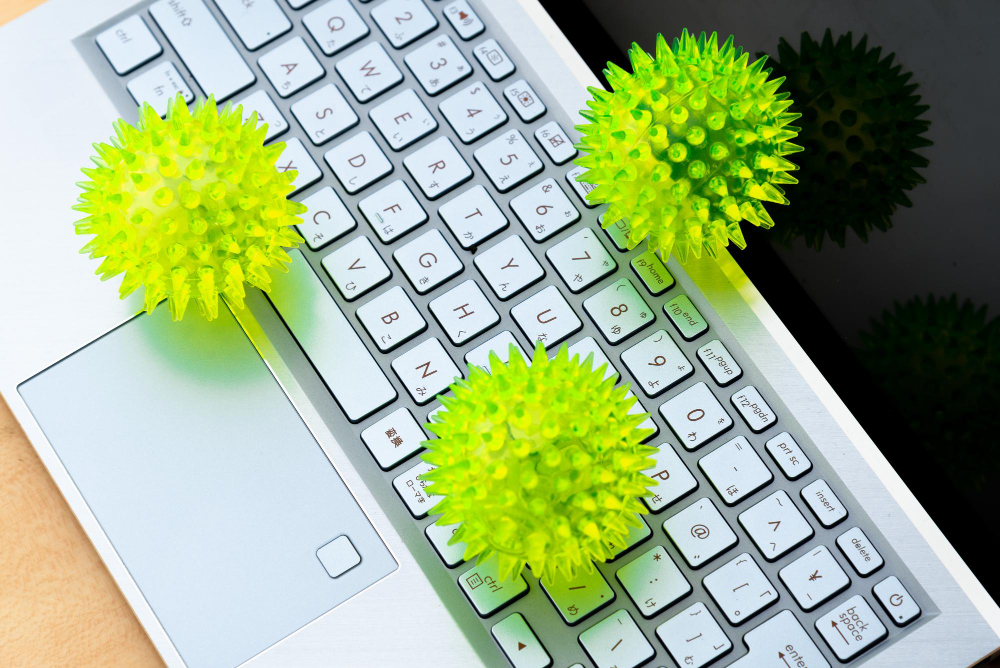
In bustling cities like Los Angeles, CA, office life is a testament to human achievement and teamwork. However, beneath the surface of collaboration and productivity lies an invisible ecosystem that can have a significant impact on health and well-being—bacteria. While most of us are aware of germs in public spaces, few realize just how pervasive they are in offices. In this post, we'll explore the types of bacteria commonly found in office spaces and discuss the importance of maintaining a clean work environment.
Offices are environments where people spend a significant portion of their day. With shared spaces come shared germs, making it crucial to understand the potential health risks associated with poor office hygiene. Office spaces, especially in urban areas like Los Angeles, CA, witness high foot traffic and frequent use of communal items, providing fertile ground for bacteria to thrive. The health implications of these bacteria can range from mild irritations to severe illnesses, impacting productivity and employee well-being.
One of the most common types of bacteria found in office environments is Staphylococcus aureus. This bacterium is part of the natural flora of human skin but can cause infections when it enters the body through cuts or abrasions. It’s often found on shared office equipment like keyboards, telephones, and doorknobs. Regular cleaning and disinfection of these surfaces can help mitigate its spread.
E. coli is primarily found in the intestines of humans and animals, but it can make its way into office spaces through improper hand hygiene after using the restroom. This bacteria can cause food poisoning and other gastrointestinal issues, emphasizing the need for proper sanitation practices in shared kitchen areas and restrooms.
This bacterium is responsible for respiratory infections and is often transmitted through airborne droplets from coughs or sneezes. In an office setting, close proximity and shared air spaces can facilitate its spread. Encouraging employees to stay home when sick and implementing regular cleaning of air vents and shared spaces can reduce the risk of transmission.
Salmonella is typically associated with contaminated food and water but can also be found on surfaces touched by contaminated hands. Like E. coli, it poses a risk in shared kitchen areas where cross-contamination can occur. Proper food handling and regular cleaning of kitchen surfaces are essential to prevent outbreaks.
Pseudomonas aeruginosa thrives in moist environments and is known for causing infections, particularly in individuals with weakened immune systems. It can be found in office kitchens and restrooms, particularly around sinks and faucets. Regular maintenance and cleaning of plumbing fixtures can help reduce its presence.
Given the variety of bacteria that can inhabit office spaces, maintaining a clean and hygienic environment is paramount. While daily cleaning duties can be managed by employees, professional office cleaning services offer comprehensive solutions that ensure every corner of the workspace is sanitized. S&W Janitorial Service in Los Angeles, CA, provides expert cleaning services tailored to meet the unique needs of office environments.
While professional cleaning services play a critical role, fostering a culture of cleanliness within the office is equally important. Here are some tips to encourage hygienic practices among employees:
Place hand sanitizers at strategic locations around the office and encourage frequent handwashing, especially before meals and after using the restroom.
Encourage employees to clean their workstations regularly, including disinfecting keyboards, mice, and phones.
Encourage employees to stay home when they are unwell to prevent the spread of infections. Flexible sick leave policies can support this practice.
Conduct workshops or share resources on the importance of office hygiene and the role each individual plays in maintaining a healthy workspace.
In conclusion, understanding the types of bacteria present in office spaces underscores the need for vigilant hygiene practices and professional cleaning services. By prioritizing cleanliness, businesses in Los Angeles, CA, can create healthier, more productive work environments. If you need professional office cleaning in Los Angeles, CA, contact S&W Janitorial Service today to get your free quote and ensure your office remains a safe space for all employees.